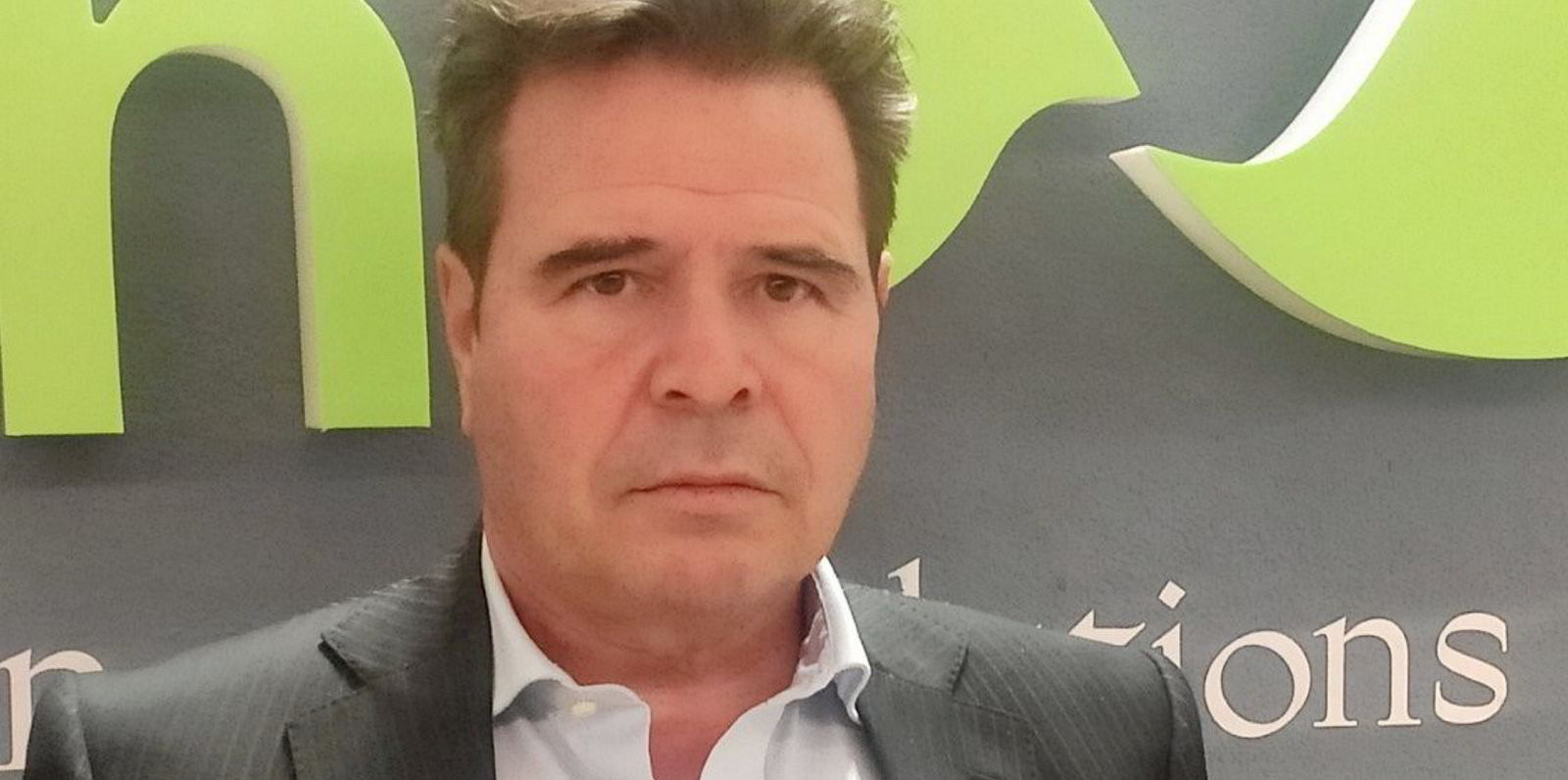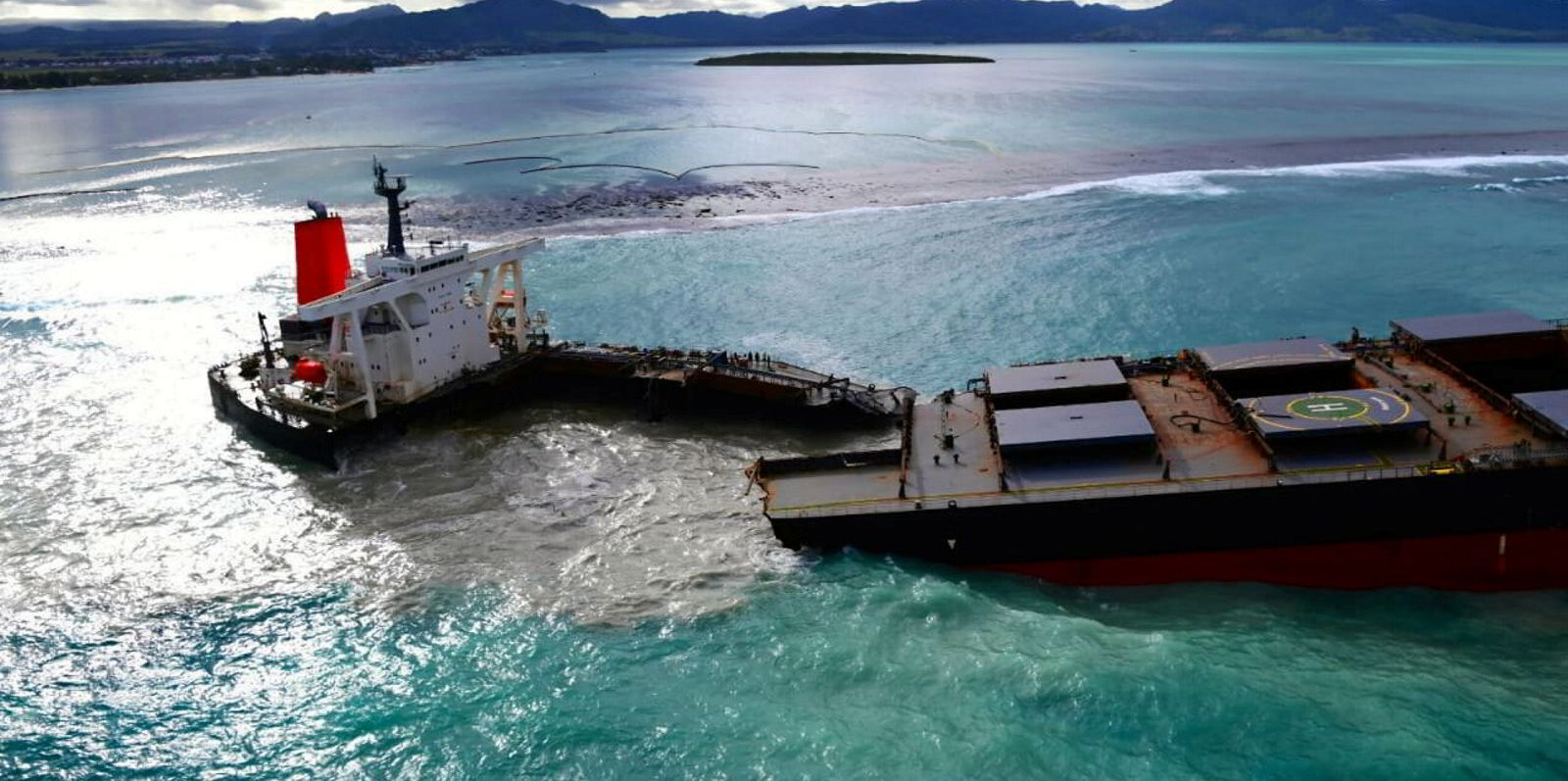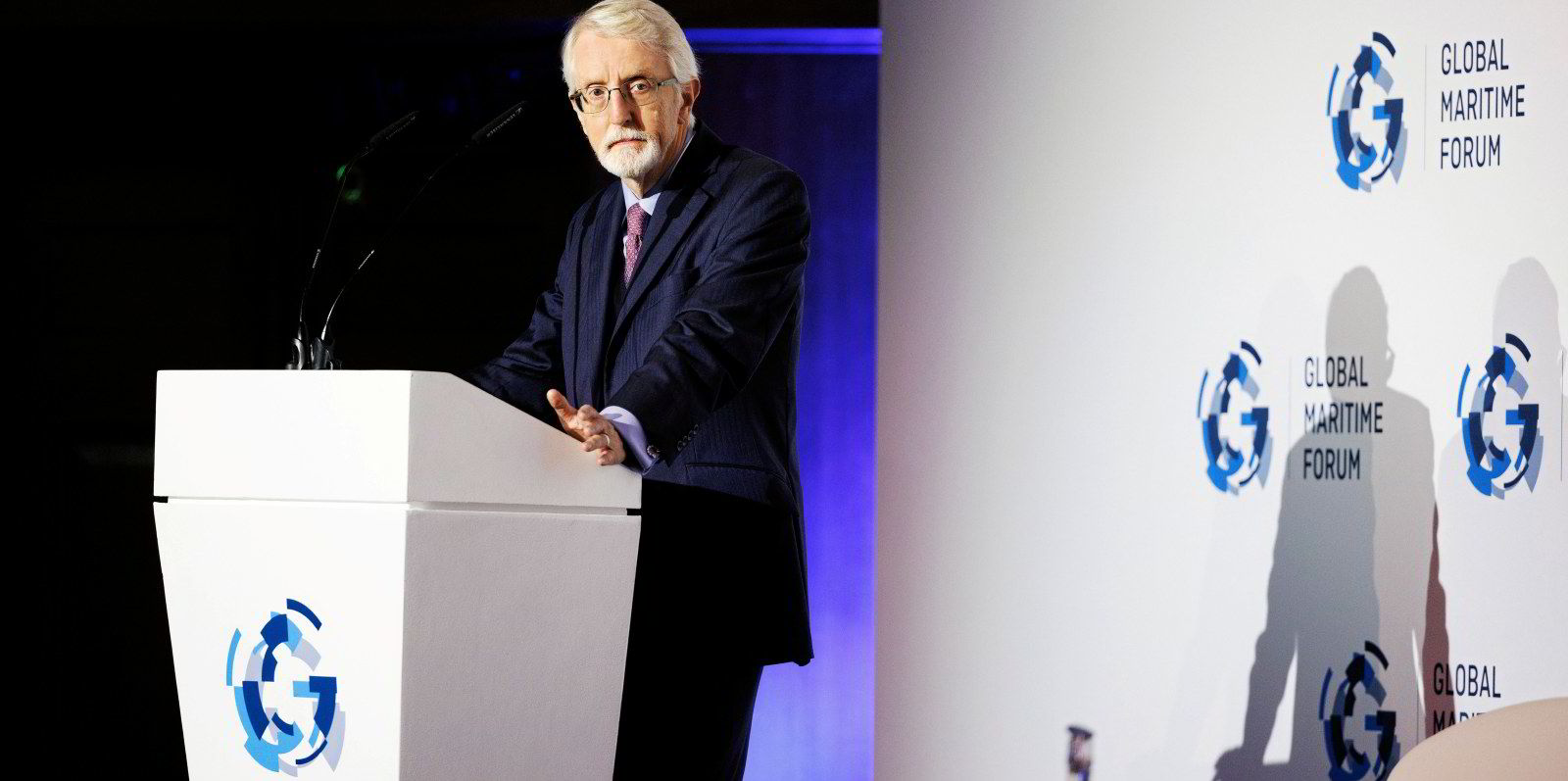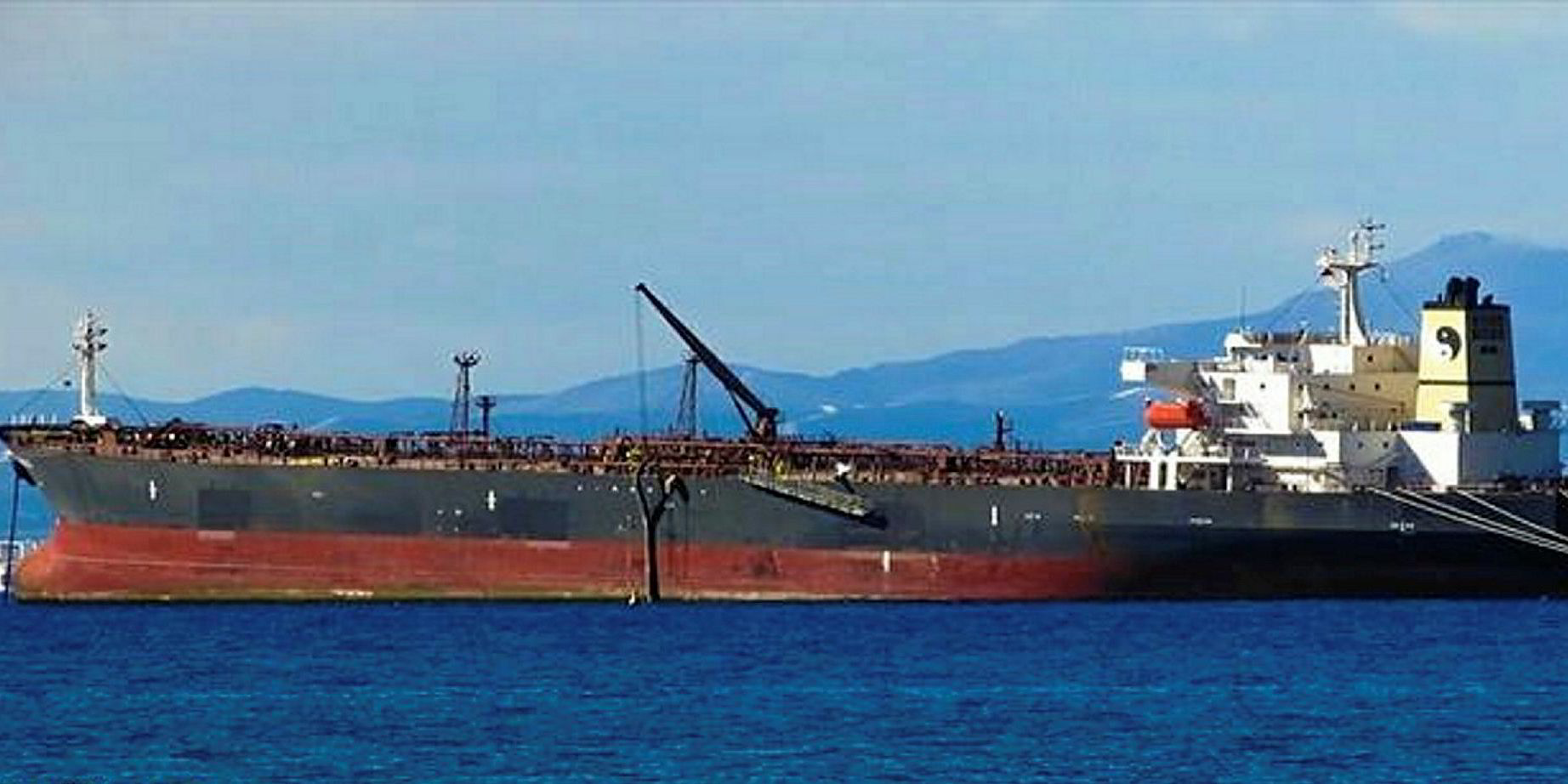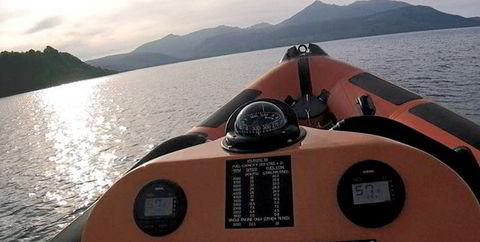Salvors stand ready to help the United Nations deal with a potentially devastating oil spill from a deteriorating vessel off Yemen.
So far no international inspectors have been allowed on board the floating storage and offloading unit Safer (built 1976), which is carrying 1.14m barrels of crude.
But what are the best options for tackling the rotting ship if clearance is given by rebel Houthi authorities?
Simon Agass, business development manager at risk modeller RiskAware, said the best case scenario is that salvage teams are allowed to pump off the oil and tow away the ship.
"This is what everybody would like to see happen to essentially defuse the bomb," he told TradeWinds.
"It's in a very hazardous situation," Agass added.
The risk expert explained that inerting of tanks needs to be carried out to get rid of explosive gas.
The FSO is classed as a dead vessel, with no fuel on board for power for pumps or ventilation.

Salvage company Polygreen has 40 years of experience in oil spill response, waste management and disposal, and has been working on the Wakashio bulker spill in Mauritius.
Wreck removal and green recycling
Venediktos Roussos, from its maritime division, told TradeWinds: "All the stakeholders have to act now. We have the know-how and have been studying this potential problem since 2019."
Roussos believes the wreck will have to be moved, and then cleaned and recycled in a green way.
Lightering of the oil is "not easy" but not impossible, he believes.
The ship could be towed further out for the oil removal operation, or a ship-to-ship transfer could take place at the current anchorage location.
"But nobody can know unless you can board," Roussos said. There is also likely to be asbestos on board, he believes.
The operation will be have to be sophisticated, with many vessels needed due to lack of land-based infrastructure, Roussos argues.
Solution urgently needed
"We have to find a solution to this problem," the salvage expert said.
The Safer has 150,000 tonnes of crude on board, while the Wakashio had 3,600 tonnes of fuel oil, Roussos added.
Asked if a spill was inevitable, Agass said that is "the billion-dollar question".
"It's a vessel that's been there for 20 years, it hasn't had maintenance on it since 2018, it's essentially in the middle of a war zone or certainly somewhere with significant political disruption," he added. "It's not in an ideal situation."
Agass said "inevitable is a big term".
But he added: "Ultimately, you've got a ship that's deteriorating, carrying a huge amount of oil in a very unsettled part of the world.
UN and US paying attention
"You don't have to leap too far in the imagination to see that something could ultimately happen that could lead to a fairly significant disaster," the risk expert said.
RiskAware's joint report on the FSO with risk analysis company ACAPS has been presented to the UN and to Congress in the US.
"People are really trying to do something about it, but it's one of those rock and a hard place situations — it's a politically very sensitive area, nobody wants to push anybody too far, the UK government is trying to raise awareness," Agass said.
"It's not necessarily something that one nation can deal with, getting that political change that would enable inspectors to get on board and make sure the vessel is still sound," he concluded.
But the question of who would profit from the oil is complicating the matter, as well as fears that the Houthi rebels are using the FSO as a bargaining chip in their civil war, observers believe.
